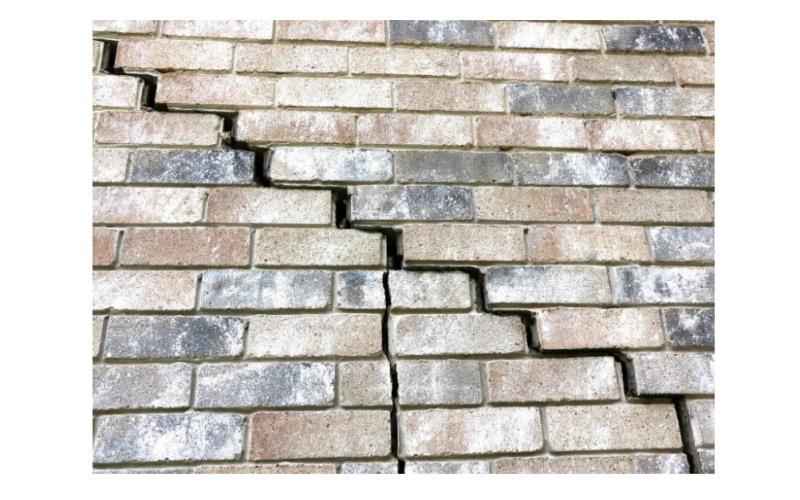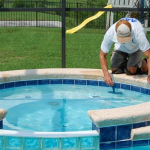Foundation crack repair can be a critical aspect of maintaining a structurally sound home. Understanding when to handle crack repairs as a do-it-yourself (DIY) project and when to seek professional assistance is crucial in ensuring the safety and stability of your property. This comprehensive guide delves into the types of foundation cracks, the DIY methods available for repair, signs indicating serious issues, and when it’s best to involve a professional for expert assessment and intervention.
Understanding Foundation Cracks
Types of Foundation Cracks:
- Vertical Cracks: Common in poured concrete foundations, usually due to settling.
- Horizontal Cracks: Indicative of severe issues like soil pressure or structural stress.
- Diagonal Cracks: Found in concrete block foundations, representing settling or lateral pressure.
- Stair-Step Cracks: Visible in brick or block foundations, resulting from settlement or soil movement.
Signs of Concern:
- Crack Size: Width larger than 1/4 inch often signifies severe problems.
- Active Movement: Cracks widening or growing indicate ongoing structural issues.
- Water Penetration: Cracks allowing water infiltration into the foundation need prompt attention.
DIY Foundation Crack Repair Methods
Small Cracks and Surface Repairs:
- Epoxy or Concrete Patching Compounds: Suitable for hairline or minor cracks, aiding in sealing and preventing water intrusion.
- Hydraulic Cement: Quick-setting cement ideal for stopping active leaks or minor cracks.
Process for DIY Repairs:
- Assessment: Evaluate the crack’s size, depth, and activity to determine if it’s suitable for DIY repair.
- Cleaning: Thoroughly clean the crack to remove debris and prepare the surface for the repair material.
- Application: Apply the chosen repair material according to the manufacturer’s instructions, ensuring proper adhesion and filling of the crack.
DIY Pros and Cons:
Pros:
- Cost-effective for minor repairs.
- Convenient for small cracks.
- Immediate action for surface issues.
Cons:
- May not address underlying structural issues.
- Limited effectiveness for larger or active cracks.
- Risk of improper repair leading to further damage.
Signs Indicating Serious Foundation Issues
- Multiple or Expanding Cracks: Widespread or growing cracks often indicate significant structural problems.
- Differential Settling: Uneven floors or walls pointing to differential settlement warrant professional attention.
- Doors and Windows Misalignment: Difficulty in opening or closing doors and windows due to foundation shifts.
When to Involve a Professional
- Expert Assessment: Consulting with a foundation repair specialist for a thorough inspection and assessment of the cracks and their causes.
- Advanced Repair Techniques: Cases requiring piering, underpinning, or advanced stabilization methods to address serious structural issues.
- Safety Concerns: Any concerns regarding safety or structural stability mandate professional intervention.

Importance of Professional Intervention
- Accurate Assessment: Professional expertise ensures an accurate diagnosis of the problem and recommends appropriate solutions.
- Specialized Equipment: Foundation repair specialists possess specialized tools and equipment for effective repairs.
- Long-Term Solutions: Professional interventions offer lasting solutions addressing underlying structural issues rather than surface repairs.
Conclusion
Foundation crack repair demands careful consideration of the type, size, and activity of the crack. While DIY methods may suffice for minor surface cracks, larger, multiple, or actively moving cracks necessitate professional evaluation and intervention to ensure the structural integrity of the foundation.
Understanding the signs indicating serious foundation issues and knowing when to involve a professional is crucial in preventing further damage and maintaining a safe and stable home. Prioritizing timely repairs and seeking expert guidance when necessary ensures the long-term stability and safety of your property.





